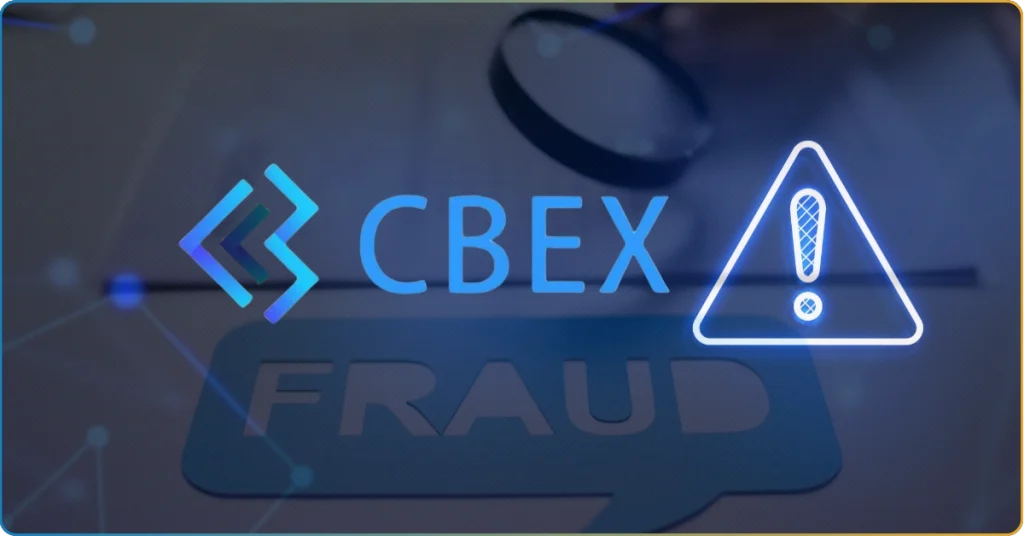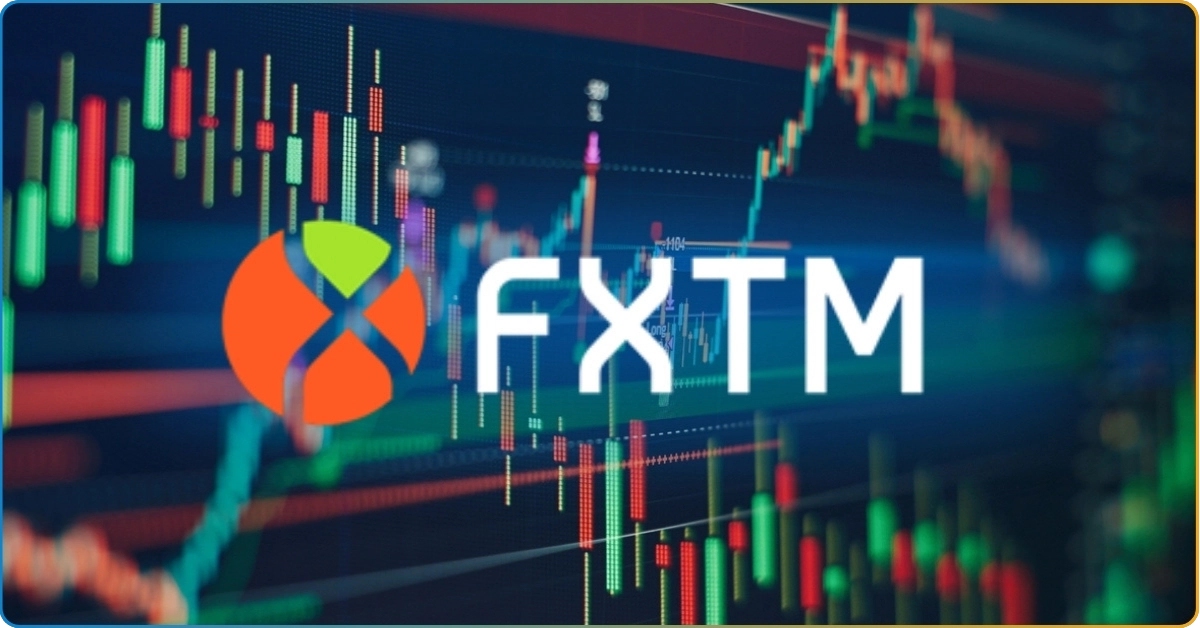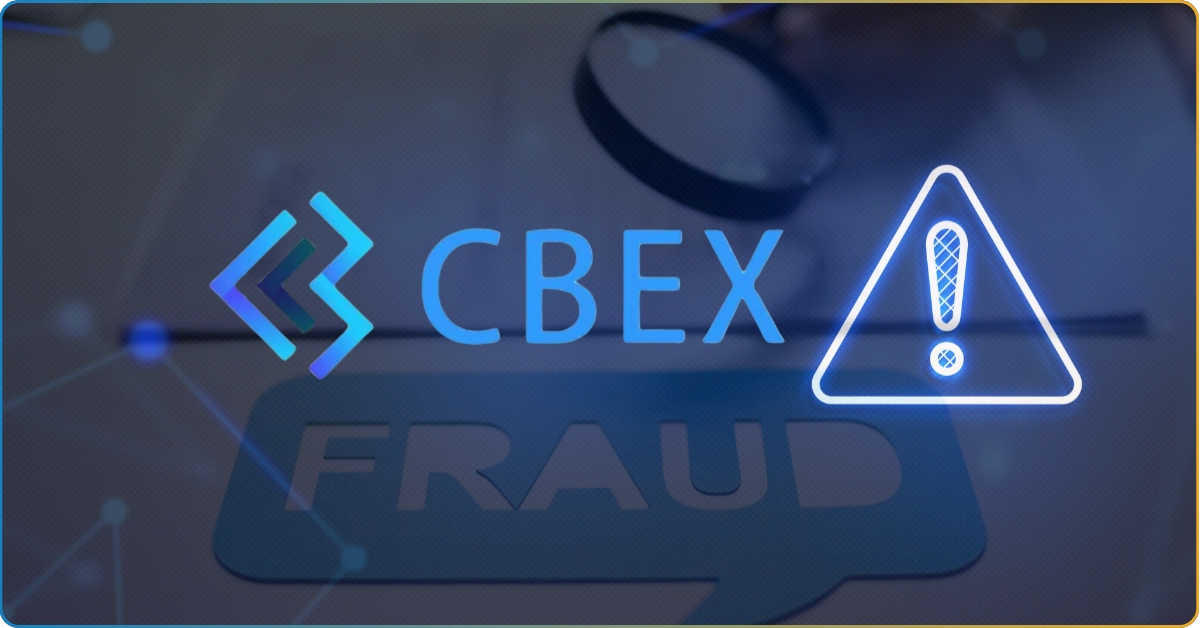Chart patterns are powerful tools for traders looking to identify market trends and make informed trading decisions.
Whether you are a beginner or an experienced trader, understanding chart patterns can give you an edge in predicting price movements.
In this TRU Insight, we’ll explore five primary chart pattern types, their significance, and how you can use them in your trading strategy.
Why You Should Trade Chart Patterns?
Chart patterns help traders recognize market sentiment, potential breakouts, and reversals.
By mastering these formations, you can predict price movements more accurately, identify high-probability trading opportunities, minimize risk through informed decision-making, and enhance your overall trading strategy.
Let’s break down the five key chart pattern types and how they work.
- Continuation Pattern – As the name suggests, a continuation chart pattern indicates that the price will continue to trade on its primary trend after it enters a consolidation phase.
- Reversal Pattern – The occurrence of this pattern means that the price will reverse after it trades beyond the support and resistance level.
- Bilateral Pattern – A bilateral pattern is a chart formation that signals market indecision. This means that the price could break out either upward or downward.
- Harmonic Patterns – These patterns rely on the notion that market trends occur harmonically. It supports the idea that primary trends are subdivided into Fibonacci ratio-aligned price swings (or “Waves”).
- Candlestick Pattern – Candlestick patterns provide visual clarity to the asset price movement over a given period. It shows the opening and closing prices and the highest and lowest points within it – the four critical price data.
What Are Continuation Patterns?
As the name suggests, a continuation chart pattern indicates that the price will continue to trade on its primary trend after it enters a consolidation phase.
These patterns often suggest that the prevailing trend, whether bullish or bearish, will resume once the pattern is completed.
Using continuation chart patterns to identify potential entry points to capitalize on the trend’s persistence.
Types of Continuation Patterns
| Name | Types | Description |
|---|---|---|
| Flag Pattern | Bullish Flag Bearish Flag | Forms after a strong price movement (flagpole) followed by a small rectangular consolidation (flag). Breakout occurs in the direction of the initial move. |
| Pennant Pattern | Bullish Pennant Bearish Pennant | Similar to the flag, the consolidation phase forms a small symmetrical triangle. Breakout follows the prior trend direction. |
| Triangle Patterns | Ascending Triangle Descending Triangle | Price consolidates within converging trendlines. The ascending triangle has a flat resistance and rising support, while the descending triangle has a flat support and descending resistance. Breakout aligns with the trend. |
| Rectangle Patterns | Bullish Rectangle Bearish Rectangle | Forms when the price moves between horizontal support and resistance levels. A breakout occurs in the direction of the prior trend. |
| Cup and Handle Pattern | N/A | A rounded bottom (cup) forms, followed by a small downward consolidation (handle). A breakout above the handle signals trend continuation. |
| Measured Move Pattern | No types | Consists of two nearly equal price swings, separated by a correction phase. The second move mirrors the first in the distance. |
| Rising Three & Falling Three | Rising Three Falling Three | A series of small opposite-trend candles appear within a larger dominant trend. After consolidation, the original trend resumes. |
What Are Reversal Patterns?
The forex market is inherently volatile – thus, you can’t expect it to trade within a specific range.
Enters the importance of reversal patterns.
A reversal pattern means that the primary trend will reverse after the formation of the pattern. This market phenomenon typically occurs once the price trades beyond the patterns’ upper or lower trendlines (support and resistance level).
What does this tell you?
Simple: If the patterns’ preceding trend is bullish, the price will likely break its support level and decline. If it follows a bearish trend, it will trade upward by trading above the resistance level.
Types of Reversal Patterns
| Name | Types | Description |
|---|---|---|
| Head and Shoulders Pattern | No types | Forms with three peaks: a higher middle peak (head) and two lower peaks (shoulders). A break below the neckline signals a trend reversal. |
| Inverse Head and Shoulders | No types | A bullish version of the head and shoulders, where three troughs form. A breakout above the neckline confirms the reversal. |
| Double Tops and Bottoms | Double Tops Double Bottoms | Double tops form after two failed attempts to break resistance, signaling a downtrend. Double bottoms occur when price tests support twice before reversing upward. |
| Triple Tops and Bottoms | Triple Tops Triple Bottoms | Similar to double tops/bottoms but with three peaks or valleys, confirming a stronger reversal signal. |
| Wedge Patterns | Rising Wedge Falling Wedge | Rising wedges form with converging upward trendlines, breaking downward. Falling wedges form with downward trendlines, breaking upward. |
| Rounding Bottom | No types | A slow reversal pattern forms a U-shape, gradually transitioning from bearish to bullish sentiment. |
| Diamond Pattern | Diamond Top Diamond Bottom | Forms when the price expands and then contracts, resembling a diamond shape. A diamond top signals a downtrend; a diamond bottom signals an uptrend. |
| Island Reversal | Bullish Island Reversal Bearish Island Reversal | A gap separates price action from the previous trend, forming an “island” before reversing direction sharply. |
| Morning Star Candlestick | No types | A three-candle formation: a large bearish candle, a small indecisive candle, and a large bullish candle, signaling a reversal from a downtrend to an uptrend. |
What Are Bilateral Patterns?
The bilateral pattern is the trickiest pattern of them all. Why?
It signals that either a bullish or a bearish breakout may happen after the consolidation.
When trading a bilateral chart pattern, you should place an entry order on either end of the trendlines.
Types of Bilateral Patterns
| Name | Description |
|---|---|
| Symmetrical Triangle | A pattern where price consolidates within converging trendlines, indicating a breakout in either direction. |
| Ascending Triangle | A bullish-biased pattern with a flat resistance level and rising support, often leading to an upward breakout. |
| Descending Triangle | A bearish-biased pattern with a flat support level and descending resistance, often leading to a downward breakout. |
| Broadening Formation | A pattern with diverging trendlines shows increased volatility and unpredictability in the breakout direction. |
| Broadening Wedge | Similar to the broadening formation, but with an upward or downward slant, indicating potential reversals. |
| Expanding Triangle | A variation of the broadening formation where price swings widen over time, signaling high volatility before a breakout. |
| Volatility Contraction Pattern | A pattern where price action narrows, reducing volatility before a sharp breakout in either direction. |
| Rectangle Patterns | A consolidation phase is where the price moves between parallel support and resistance, leading to breakouts in either direction. |
What Are Harmonic Patterns?
Harmonic price patterns are powerful (and prettyyy famous!) tools used by technical analysts. These patterns are best used in identifying potential price reversals and trading opportunities.
As the name suggests, harmonic price patterns rely on the notion that market trends occur harmonically. It supports the idea that primary trends are subdivided into smaller price swings (or “Waves”), showing the potential price direction.
Types of Harmonic Patterns
| Name | Description |
|---|---|
| ABCD Pattern | A four-point structure marking potential reversal zones based on Fibonacci ratios. |
| Three-Dive Pattern | A pattern consisting of three peaks (or dips) that indicate a trend reversal. |
| Gartley Pattern | A harmonic retracement pattern based on Fibonacci levels, signaling a potential reversal. |
| Butterfly Pattern | A harmonic pattern extending beyond the Gartley and is often used to identify price reversal points. |
| Bat Pattern | A harmonic pattern with deep retracement, signaling high-probability reversal zones. |
| Crab Pattern | A pattern with an extended final leg, offering strong reversal signals based on Fibonacci extensions. |
| Deep Crab Pattern | A variation of the Crab pattern with a deeper retracement before reversal. |
| Shark Pattern | A five-leg harmonic pattern that uses Fibonacci extensions to identify trend reversals. |
What Are Candlestick Patterns?
The Japanese candlestick was a popular charting method in Japan as early as the late 17th century, but it was simply called the candlestick method in the country.
A Japanese candlestick is simply a visual indicator of price movements over a given period. It can indicate how prices moved over different timeframes, such as a minute, an hour, a day, a week, or even a month.
The opening and closing prices, and the highest and lowest points within it, form the candlestick pattern.
Here are the four features of a Japanese candlestick:
- Real body represents the opening-to-closing price range of the asset in a given timeframe.
- Upper shadow/wick signifies the asset trades higher than its opening/closing price. The peak of this wick is the asset’s highest periodic price.
- Lower shadow/wick indicates the asset trades lower than its opening/closing price. The bottom of this wick is the asset’s lowest periodic price.
- Candle color shows the prevailing market trend. A red candle signals a bearish market, while a green candle is bullish.
Types of Candlestick Patterns
| Name | Types | Description |
|---|---|---|
| Doji Candlestick | Plus Sign Doji Cross Doji Inverse Cross Doji | A single candlestick pattern shows indecision, where the open and close prices are nearly identical. |
| Engulfing Candlestick | Bullish Engulfing Bearish Engulfing | A two-candle pattern where the second candle completely engulfs the previous one, signaling a reversal. |
| Hammer Candlestick | N/A | A single candle with a small body and a long lower wick indicates a potential bullish reversal. |
| Inverted Hammer Candlestick | N/A | Similar to the hammer, but with a long upper wick, signaling a possible trend reversal. |
| Morning Star Candlestick | N/A | A three-candle bullish reversal pattern consisting of a bearish candle, a small indecisive candle, and a strong bullish candle. |
| Evening Star Candlestick | N/A | A three-candle bearish reversal pattern consisting of a bullish candle, a small indecisive candle, and a strong bearish candle. |
| Shooting Star Candlestick | N/A | A single bearish reversal candle with a long upper wick and small body, indicating a potential downtrend. |
| Hanging Man Candlestick | N/A | Similar to the hammer but appears at the top of an uptrend, signaling a potential reversal to the downside. |
From Patterns to Profits: Taking Action with What You’ve Learned
Throughout this book, you have explored the fundamental and advanced chart patterns that shape market movements. You now understand how to identify continuation, reversal, bilateral, harmonic, and candlestick patterns—each offering valuable insights into potential price action
But learning does not stop here. The best way to grow as a trader is by surrounding yourself with like-minded individuals who share insights, strategies, and real-time market updates.
















